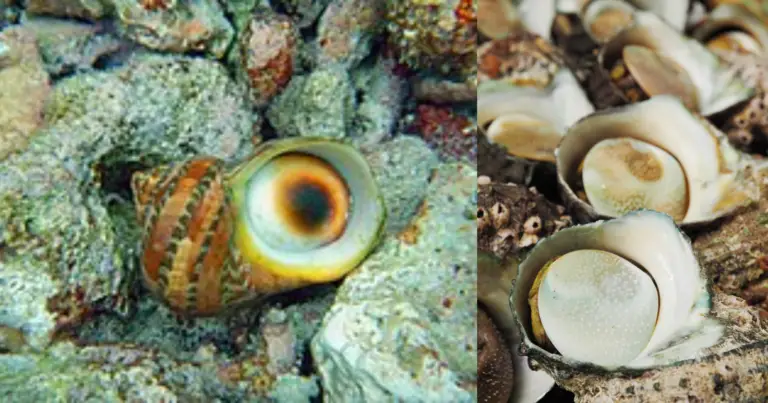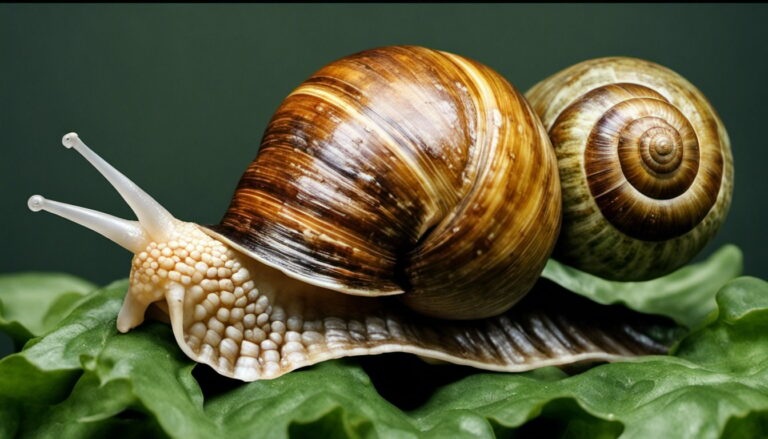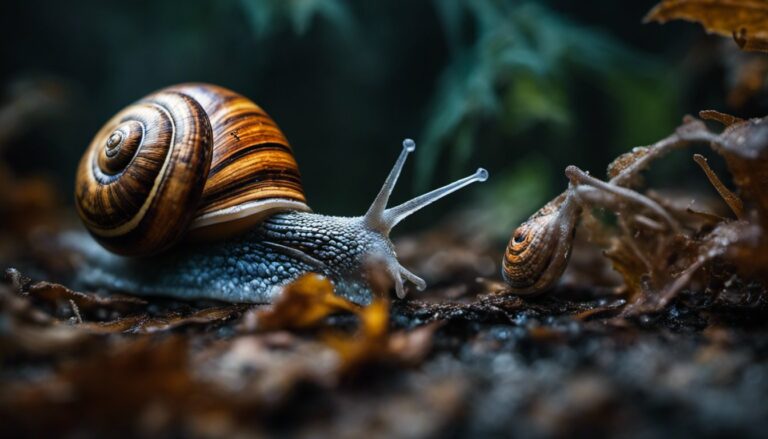Vermetid Snails: Effective Methods for Control and Removal
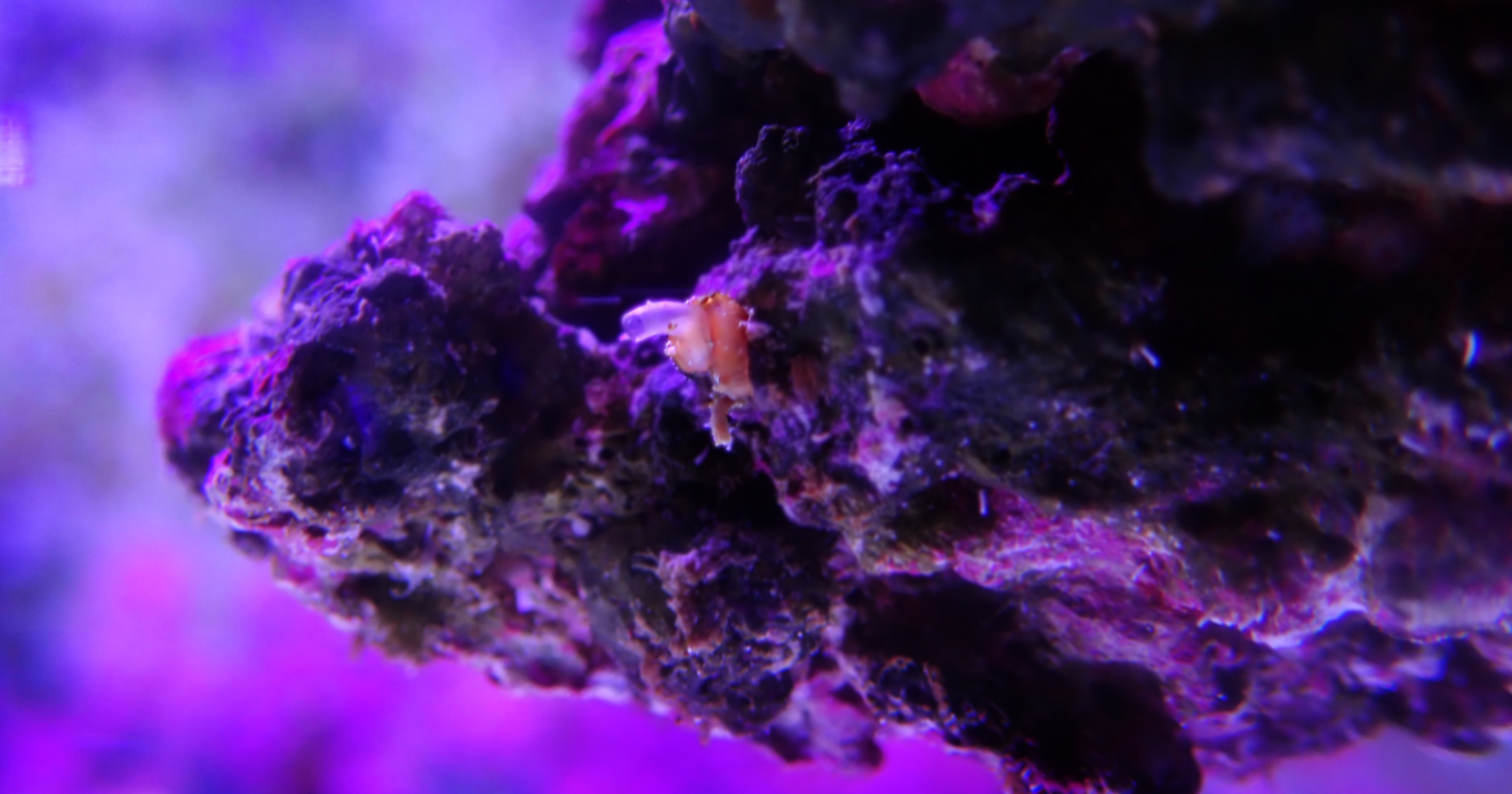
Vermetid snails, also known as worm snails or worm shells, are marine gastropod mollusks that belong to the taxonomic family Vermetidae. Though they may not resemble the typical snail shells, they play a unique role in marine ecosystems. Their irregular, tube-like structures can often be found in reef tanks, where they hitchhike on live rocks or coral fragments.
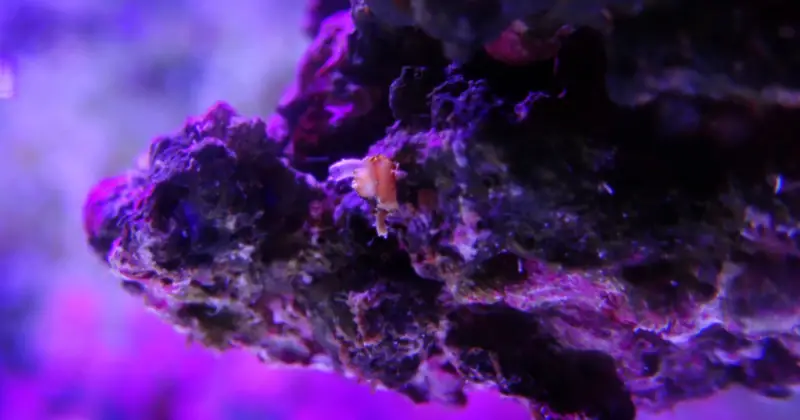
These snails can cause problems for corals in marine aquariums, as they are well-adapted to invade and take hold of their new environment. There are numerous species within the Vermetidae family, making identification and removal a challenging task for aquarists. It is important to monitor your tank carefully to catch any vermetid snail infestations early before they cause significant damage to your aquarium inhabitants.
As you learn more about vermetid snails and their impact on marine life, you will better understand how to manage and remove them effectively from your aquarium. Maintaining a healthy balance in your tank is crucial to the well-being of your marine pets, so stay vigilant and prepared to tackle any vermetid snail issues that may arise.
Contents
Table of Contents
Vermetid Snails: An Overview

Vermetid snails are a type of marine snail belonging to the family Vermetidae. These gastropod molluscs are called worm snails due to their irregular and sometimes worm-like shell appearance. Found in both tropical and temperate seas around the world, they play an interesting role in reef ecosystems.
The Vermetidae family consists of several genera, including Vermetus and Petaloconchus. Unlike typical snails, their shells do not have the usual spiral structure often associated with snails. This irregular growth pattern makes them look more like worms than snails, hence their common name, “worm snail.”
As marine gastropods, vermetid snails live in both intertidal and subtidal zones. They have an interesting feeding method, as they release mucus nets from the ends of their shells to catch detritus and plankton in the water column. However, this feeding habit can be problematic in aquarium settings, as it can often lead to harm in corals. The mucus nets released by vermetid snails can impede coral growth and even damage the skeletal structure of LPS and SPS corals.
Regarding your marine aquarium, watching for these tiny inhabitants is essential. If you notice the presence of vermetid snails, take action to remove them, as they can cause problems for your corals. There are various removal methods, ranging from manual extraction to introducing natural predators.
Vermetid snails are unique marine gastropods with an intriguing lifestyle and an atypical appearance. As a part of the Vermetidae family, they inhabit tropical and temperate seas. However, if you happen to come across vermetid snails in your aquarium, it’s crucial to address the issue promptly to ensure the health and well-being of your corals.
Identifying Vermetid Snails
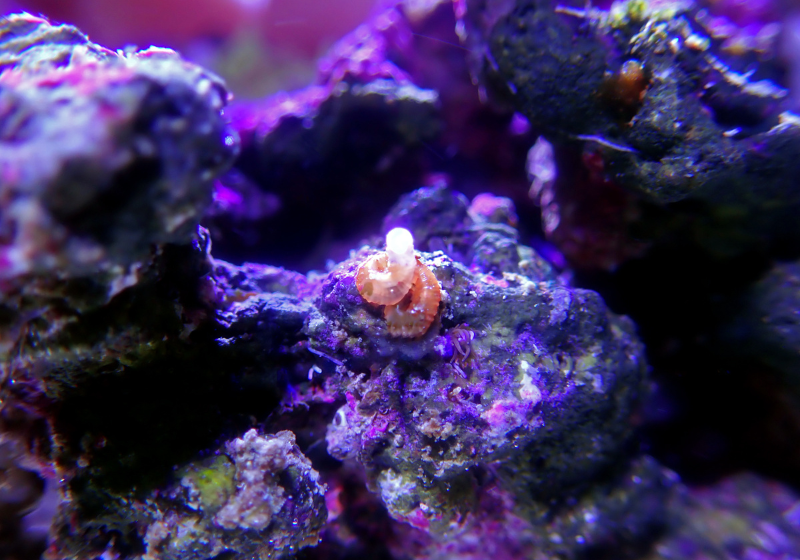
When looking for vermetid snails in your aquarium, there are certain characteristics you should look out for. These snails belong to a taxonomic family known as Vermetidae and have a unique appearance that distinguishes them from other snails. They form an extremely irregular shell, which is why they are often called “worm shells” or “worm snails.”
One of the most notable features of vermetid snails is their calcified tubes. These snails create these tubes to attach themselves to a hard surface, such as rocks or aquarium glass. These calcified tubes can extend and branch out, allowing the snails to stay protected while reaching out to feed and grow. If you see calcified tubes forming on the surfaces in your aquarium, this is a strong sign that you have vermetid snails.
Vermetid snails can be easily identified by their distinctive tube-like shell structure. Unlike most snail shells, which are typically coiled or spiraled, vermetid snails form a long, winding tube. This tube becomes more irregular and twisted as the snail grows, making it easy to identify among other mollusks.
In addition, vermetid snails are known to be primarily sessile creatures. Unlike other snails that may move around the aquarium, vermetid snails remain attached to their hard surface once they settle down. This behavior can help you identify vermetid snails if you notice a snail-like organism that does not seem to move from its position over time.
Finally, if you wish to be more certain in identifying vermetid snails, you can observe their feeding habits. These snails use their calcified tubes to spew out mucus nets to catch nearby detritus and plankton. Observing this unique feeding behavior will prove that your aquarium hosts vermetid snails.
By being familiar with these traits and behaviors, you can confidently identify vermetid snails in your aquarium and take appropriate action to remove them if necessary.
Impact On Coral and Reef Tanks
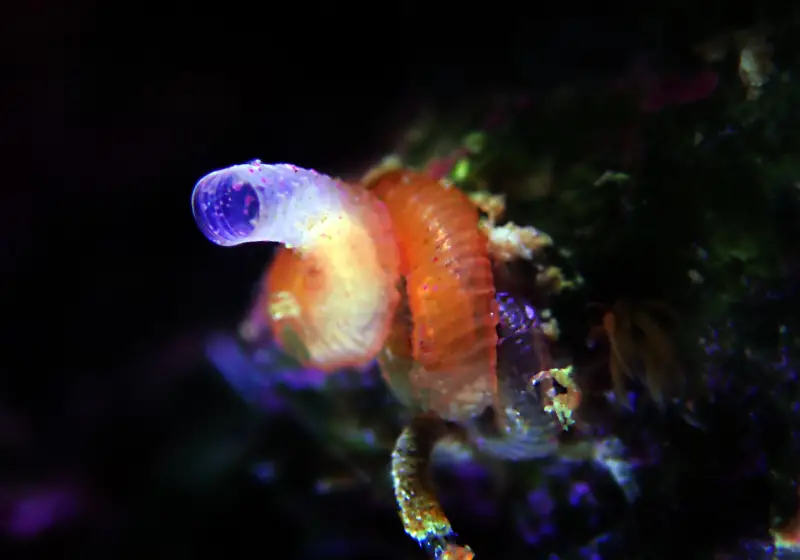
Vermetid snails can have a detrimental effect on your corals and reef tanks. These small, tube-like snails reproduce rapidly, often causing problems for coral colonies. When not controlled, they may lead to the death of corals and negatively impact the overall health of your reef tank.
These snails release a sticky, mucus-like substance called webs or nets to catch food, which can smother nearby corals and restrict their growth. When these nets come into contact with coral polyps, they can cause irritation and stress, hindering the coral’s ability to expand and thrive.
Infestations of vermetid snails often occur when new corals or live rocks are introduced into your display tank if they were already present on the new additions. As they multiply, they can form extensive colonies and become more difficult to manage, ultimately leading to a decline in your reef tank’s overall health and appearance.
To protect your coral and reef tanks from vermetid snails, it is crucial to regularly monitor for their presence and tackle any infestation early on. Keeping the tank clean and removing any dead or dying matter can help maintain a more balanced ecosystem that discourages the proliferation of these pests.
In summary, vermetid snails significantly threaten coral colonies and reef tanks. Being vigilant and promptly addressing any infestation can help ensure your aquarium’s long-term health and success.
Feeding Habits
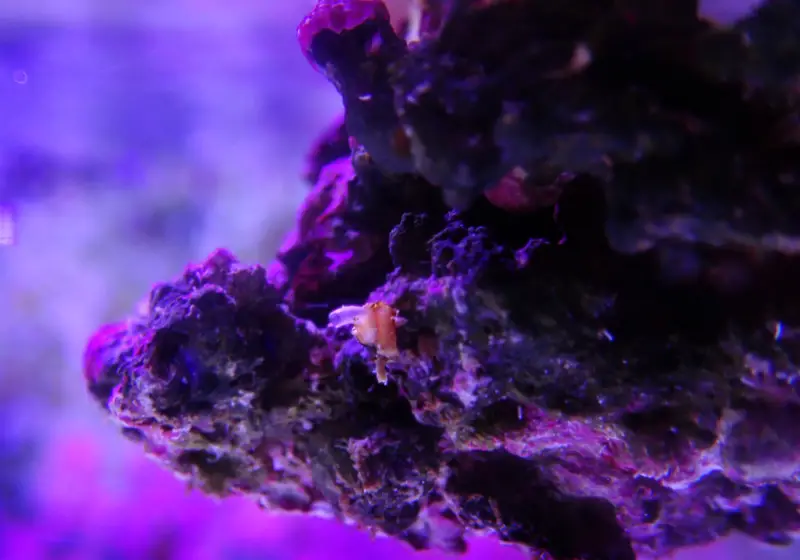
Vermetid snails exhibit interesting and unique feeding habits. These snails are known for their mucus net, which they use as a trap for capturing food. They secrete a sticky mucus net and extend it outwards to trap particles in the water. This efficient method allows them to capture various types of food, such as detritus and plankton.
As a suspension-feeding creature, the vermetid snail is skilled at consuming floating particles in its environment. Specifically, they feed on detritus – the decomposing organic matter – and plankton, microscopic organisms that drift in the water. Detritus and plankton provide essential nutrients that help the snails thrive in their marine ecosystems.
Filter feeders like vermetid snails play a vital role in maintaining the balance of marine ecosystems by removing suspended particulate matter from the water column. This activity helps improve water quality and provides a useful function within the ecosystem.
In summary, the feeding habits of vermetid snails revolve around their mucus net and suspension-feeding techniques. They consume detritus and plankton to gain necessary nutrients, contributing to the health of marine ecosystems through their role as filter feeders. Remember these fascinating facts when discussing vermetid snails and their unique place in the marine world.
Reproduction

Vermetid snails reproduce quite effectively, increasing your aquarium’s population. Their reproductive behavior involves laying eggs that develop into larvae before settling onto a substrate and growing into adult snails. To understand and manage a vermetid snail infestation, it’s essential to know their reproductive process.
When vermetid snails reproduce, they release eggs and sperm into the water. This method of external fertilization is common among marine invertebrates. The fertilized eggs then develop into free-swimming larvae, called veligers, which float around in the water column briefly.
As the veligers mature, they search for a suitable surface to settle on and transform into adult snails. This process involves forming a protective shell and attaching it to surfaces like rocks, glass, or coral skeletons. Once attached, they continue to grow and develop, eventually becoming fully-formed adult snails.
Keeping an eye on your tank and taking swift action upon noticing signs of vermetid snails can help limit their population growth. Removal methods include manually extracting the snails or introducing natural predators like hermit crabs and some fish species that may feed on them. Regular maintenance and close monitoring will aid in keeping these nuisance pests in check and maintaining a healthy aquarium environment for your marine inhabitants.
Role in Aquarium
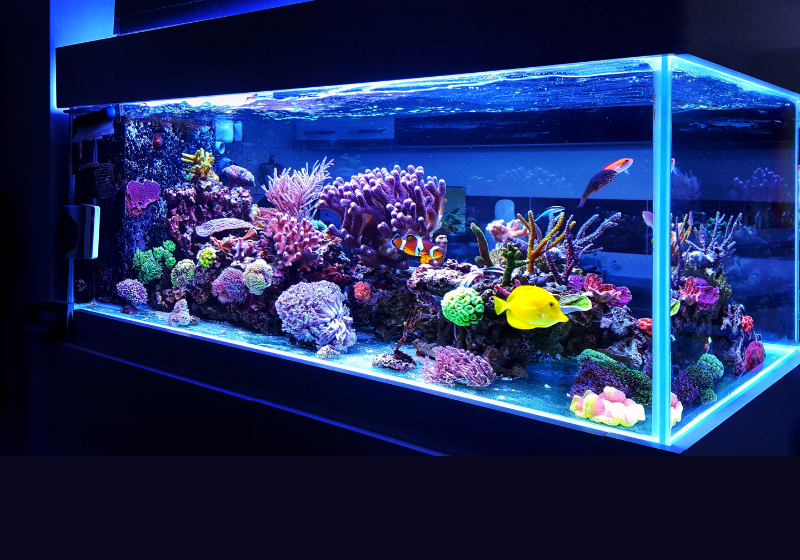
In your aquarium, vermetid snails can become a real nuisance. These small invertebrates are notorious for causing problems in reef tanks and can rapidly establish an infestation if left uncontrolled. By understanding their role in your aquarium and how to manage them, you can prevent the spread of these pesky creatures and maintain a healthy, thriving ecosystem.
Vermetid snails are often inadvertently introduced into your aquarium through live rocks or other decorations. These snails can attach themselves to surfaces or hide within the porous structure of live rocks, making it easy for them to go unnoticed. Once inside your aquarium, these pests quickly reproduce and populate various surfaces, including rocks, sponges, and coral structures.
One of the primary concerns with vermetid snails is the damage they can cause to corals in marine setups. They feed on coral tissues, which can deteriorate your corals’ health and overall appearance. Additionally, vermetid snails produce and spread mucus nets throughout the water column, capturing detritus and plankton. These mucus nets disrupt the flow of nutrients within the tank and can also irritate and stress corals, further harming their growth and well-being.
An infestation of vermetid snails may lead to a decline in the overall health of your aquarium. As their population increases, they consume more coral tissue and release more mucus nets into the water column, creating a domino effect of stress and damage to other tank inhabitants. It is essential to act quickly and address the issue as soon as you notice the presence of these snails in your aquarium.
Manual removal and biological control methods should be employed to mitigate the impact of vermetid snails in your aquarium. Start by carefully inspecting your live rocks and other structures, removing any visible snails you find. Additionally, consider introducing natural predators, such as bumblebee snails, emerald crabs, or halichoeres wrasses, to help control the vermetid snail population and prevent further infestations.
By staying vigilant, understanding the role of vermetid snails in your aquarium, and taking the necessary steps to control their population, you can protect your corals and maintain a healthy, thriving aquatic environment.
How to get rid of Vermetid Snails!
Predators of Vermetid Snails
Vermetid snails can be a nuisance in your aquarium, as they can harm and impede the growth of corals. It is important to keep them under control and prevent their population from growing too large. One way to do this is by introducing natural predators of the vermetid snails into your aquarium.
Fish, such as wrasses, can be effective predators of these snails. Specifically, the yellow coris wrasse is known for its ability to eat vermetid snails. This vibrant, active fish can be an attractive addition to your aquarium while also helping to keep vermetid snail populations in check.
In addition to fish, other natural predators can be introduced to help control vermetid snails in your aquarium. Bumblebee snails, also known as bumblebee snails, are a type of small marine gastropod that can feed on vermetid snails. These snails are useful in controlling the vermetid snail population and can add an interesting element of biodiversity to your tank.
However, before introducing any predators to your aquarium, it is important to research and ensure that the species you choose will not harm your desired aquarium inhabitants. Compatibility with your tank’s existing ecosystem is crucial for maintaining a healthy, balanced environment.
Adding suitable natural predators to your aquarium can help control the vermetid snail population and protect your corals from their potentially damaging effects. Monitor the situation regularly to ensure your aquarium remains healthy and balanced for all its inhabitants.
Control and Removal Strategies

Dealing with vermetid snails in your aquarium can be challenging, but several methods are available to control and remove these pests effectively. One of the first steps is quarantining any new inhabitants or corals before adding them to your main aquarium to prevent introducing vermetid snails.
Manual removal can work well for smaller infestations. This method involves using bone cutters or tweezers to carefully remove the snails and their tubes from your aquarium’s surfaces. Exercise caution to avoid damaging the surrounding corals or rocks during this process.
The superglue method is another option for controlling vermetid snails. This technique involves sealing the snail’s exit from its tube with a small amount of superglue, effectively starving the snail inside. Be cautious when using this method, as it may lead to nutrient spikes if too many snails are killed simultaneously.
If manual removal doesn’t work, you can try the lancing method. This technique involves carefully piercing the snail’s tube with a sharp object, such as a needle or lancet, to kill the snail inside. Again, use caution to avoid damaging surrounding corals and rocks.
Dipping corals in a chemical solution before adding them to your aquarium is another effective way to prevent the introduction of vermetid snails. Various commercial dipping solutions are available, or you can create your own with a combination of water and gentle disinfectants.
Consistently quarantining new arrivals and closely monitoring your aquarium for signs of vermetid snails will help control these pests. With patience and the right approach, you can effectively manage and remove vermetid snails from your aquarium, ensuring a healthy environment for your marine life.
Preventative Measures

To avoid the negative impacts of vermetid snails in your aquarium, it is crucial to follow certain preventative measures. By being cautious and implementing these methods, you can keep your tank healthy and free from these harmful pests.
One essential step is quarantining new corals or live rock before adding them to the main tank. This process helps identify unwanted hitchhikers, including vermetid snails and other pests such as aiptasia. Regularly monitor your filtration system and water parameters to ensure optimal water chemistry and maintain beneficial bacteria in your tank.
Another effective solution to prevent vermetid snails from entering your tank is to clean any new additions using bleach. This will rid them of any potential pests and protect your aquarium inhabitants. However, thoroughly rinse the items and remove all bleach residue before introducing them to your aquarium environment.
It is also vital to inspect your aquarium’s plumbing system for any signs of infestation or potential entry points for vermetid snails periodically. Keep an eye out for any abnormalities or signs of disease that may indicate the presence of these pests. Ensuring your plumbing is well-maintained can help prevent potential issues from arising.
Finally, when dealing with vermetid snails or their mucus webs, you can use super glue to seal their openings, effectively preventing them from feeding and spreading. This method is useful in controlling small-scale infestations but may not be sufficient for larger outbreaks. Always focus on proper aquarium maintenance and vigilance to keep these pests at bay.
Frequently Asked Questions
How do vermetid snails differ from tube worms?
Vermetid snails and tube worms both build tube-like structures but are different organisms. Vermetid snails are gastropods belonging to the family Vermetidae, while tube worms are polychaete annelids. The main difference is that vermetid snails have shells and produce mucus nets to catch detritus and plankton, while tube worms use their tentacle-like crowns to filter food particles from the water. Despite their different feeding methods, both can become pests in reef aquariums.
Can emerald crabs eat vermetid snails?
Emerald crabs (Mithraculus sculptus) are known to consume algae and small invertebrates in reef tanks, but they are not particularly effective at controlling vermetid snail populations. It may be necessary to use alternative methods, such as manual removal, to control vermetid snail infestations.
What impact do vermetid snails have on reef tanks?
Vermetid snails can cause harm to corals in reef tanks, as they usually impede coral growth and damage the skeletal structure of both LPS and SPS corals. The mucus nets they cast can irritate corals, leading to stress, tissue recession, and reduced growth rates. Careful monitoring and effective control methods are essential to minimizing the negative effects of these pests on your aquarium inhabitants.
Do bumblebee snails prey on vermetid snails?
Bumblebee snails (Engina sp.) are known to prey on other small gastropods; however, their effectiveness in controlling vermetid snail populations remains uncertain. Some aquarists have successfully controlled vermetids by introducing bumblebee snails, while others have found little to no significant impact. Combining bumblebee snails with other control methods may be helpful for a more comprehensive approach.
Can coral dip effectively eliminate vermetid snails?
Coral dips can be useful for removing a variety of unwelcome organisms from corals before introducing them into a reef tank. Still, they may not be completely effective in eradicating vermetid snails. While coral dips may help somewhat, a combination of prevention measures and manual removal is often more effective in managing vermetid snail infestations.
How do vermetid snails reproduce?
Vermetid snails reproduce sexually, with internal and external fertilization occurring within their habitats. The fertilized eggs are released into the water column and develop into free-swimming larvae called veligers. These veligers eventually settle on suitable surfaces, undergoing metamorphosis and developing into adult vermetid snails, creating a new generation of these persistent gastropods.

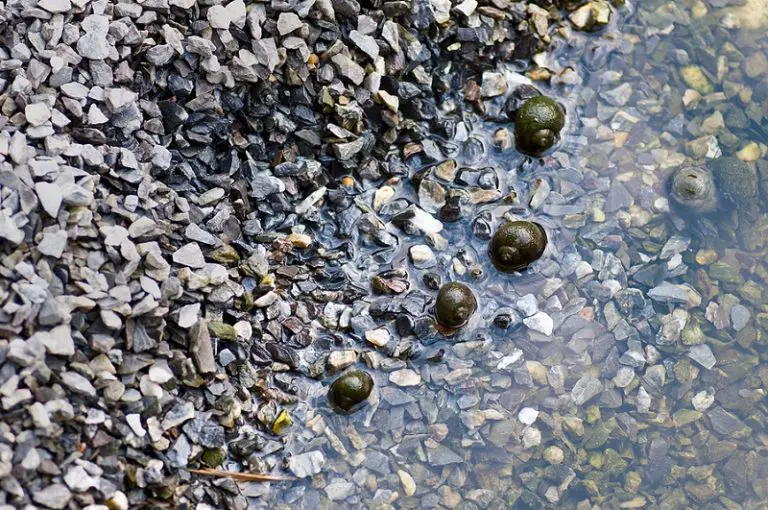
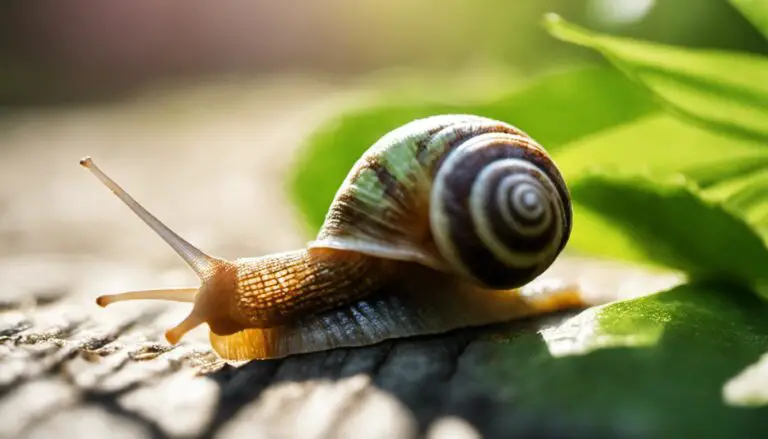
![Can Snails Swim? [Complete Answer]](https://allourcreatures.com/wp-content/uploads/2021/10/snails-swim-768x512.jpg)
